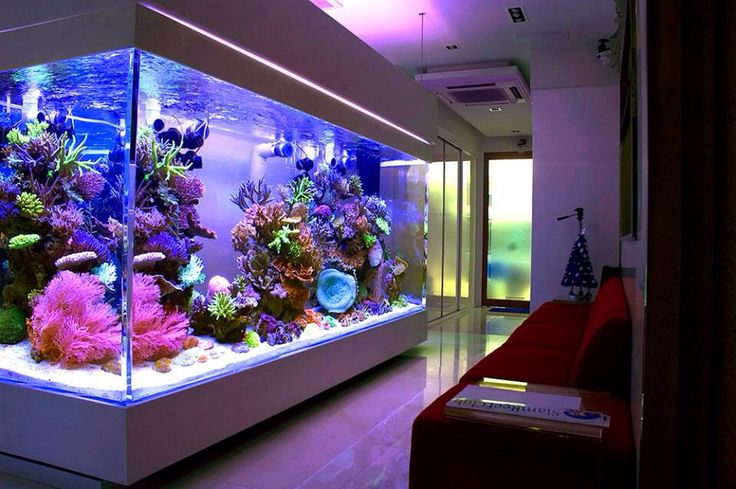A great aquascape is the result of a blend of skills. Professional aquascapers, such as Josh Sim of Malaysia and others, utilize depth perspective, perspective, as well as techniques for arranging rocks to design their landscapes.
The layering of substrates provides stability and helps to support the growth of plants. Choose the right substrate based on aesthetics and the light requirements of your plants.
Aquarium Layout Planning
The first step in aquascaping is to plan the design of the aquarium. Aquarists pick a theme and then arrange hardscapes, fish and plants in accordance with that theme. The theme should be apparent also in the substrate choice.
Every aquarist will have their favorite way to design the perfect tank. But there are some basic guidelines that are useful. For instance, a good general rule is to make the tank’s negative space (space not covered by planting or hardscape) approximately two-thirds of its total surface area. This will create an illusion of depth.
Another important concept is utilizing contrast. You can achieve this by altering the color, size and form of the various elements in the tank. This creates a sense depth and assists in drawing the viewer’s attention throughout the scene. Focus points such as large pieces of driftwood or rocks with unusual shapes, can be used to attract the attention of viewers and help anchor the aquarium. If you follow these easy guidelines, aquarists can build an impressive aquarium that takes viewers into an enthralling underwater world.
Substrate
Substrate is the substance that is placed on the bottom of an aquarium. It can affect plant growth and aesthetics. There are many different alternatives available, from vibrantly colored substrates that match a castle or mermaid theme for aquariums for kids, to more natural brown gravel that blends in with the aquatic plants and driftwood. When choosing the right aquarium substrate, it is essential to think about the size of the particles, their color, reactivity with the water and effect on your fish.

In general, you should to choose a substrate that isn’t too thick. A thick substrate may hinder the growth of plants, cause clogging of filters, and be difficult to wash. The hue of the substrate can also be a personal preference. Bright substrate colors will make light-colored fish stand out, but can cause fear in some fish. Dark substrates help to accentuate the hue of your fish and may be a better choice for larger fish. You could also create a “decreasing-in-size” arrangement by covering focal rock and driftwood using larger material. Then use smaller gravel to cover the remainder of the substrate.
Aquatic Plants
Aquariums with aquatic plants have a an organic appearance and offer oxygen and help take in ammonia that helps fish and other invertebrates. Many species of fish can utilize them for spawning sites and shelter. They also help to control algae growth, and stabilize the pH of the tank water.
Visit a reputable shop that sells live plants to identify the best aquatic plant. Avoid shops that sell non-aquatic plant in their aquatic section because they will not flourish in an aquarium and are likely to be dying in the future.
The hobbyist can choose from a wide range of aquatic plants, including carpeting, moss, or stem species. These plants are often derived from tissue culture, which makes them a great choice for beginners. The most well-known are dwarf hairgrass (Eleocharis spp) as well as swordgrass (Eleocharis Heteranthera) and the riccia plant species, which was popularized by Takashi Amano. These plants can be found in freshwater or salwater aquariums. They are also submerged or emersed based on the preferences of the plant.
Rock and Driftwood are placed
The use of driftwood and rocks is a vital part of an aquascape. These natural elements create a calming environment and add layers to the aquarium. Natural elements can also help you to create focal points within your aquarium that draw the attention of visitors. Focal points could be anything from a huge piece of driftwood to an unique rock pattern or shadowing.
Driftwood must be carefully placed in the be hai san aquascape so that it does not release tannins into your aquarium water, which can harm aquatic plants. Driftwood should also be appropriate in size for your tank. Larger pieces of driftwood are more visible and increase the height of the tank while smaller pieces will be utilized to fill in the gaps and create visual interest.
Large pieces of wood can be used as a mountain or cliff in your aquascape. A smaller piece could be used as an underwater cave. Utilizing contrasts in color to create depth is important. For example, using an assortment of large and small rocks and varying hues will make your aquascape appear more natural.
Aquarium Chemicals and Water Filtration
The final stage of aquascaping is maintaining the aquarium’s water quality and balance of chemicals. This requires frequent water changing and plant-trimming as well as exact balancing of light CO2 and nutrients. To achieve this, you must make utilization of various filter media including carbon, GFO, as well as synthetic polymers that absorb specific water-soluble contaminants.
Layers are a great way to create depth and perspective within the aquarium. It’s essential to incorporate different plants for the foreground, midground, and background. The viewer is then able to immerse himself in the landscape of the aquarium.
This can be accomplished through the rule of three that is easy and effective. It is accomplished by creating an imaginary grid composed of two vertical and two horizontal lines across the surface of your aquarium to divide it into nine equal sections. The creation of focal points along these lines or at the places where they intersect will allow you to avoid symmetry and ensure that your aquarium is lively and interesting.